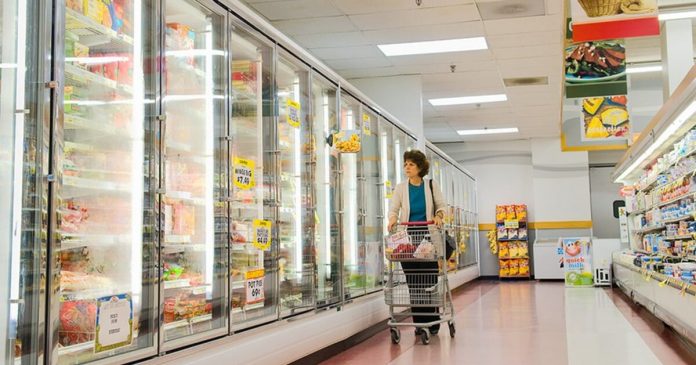Food insecurity is a major concern in the US and has worsened during the COVID-19 pandemic. The Supplemental Nutrition Assistance Program (SNAP) offers some relief, but millions of Americans still lack adequate access to healthy food. A new study from the University of Illinois suggests a possible solution.
“Restructuring SNAP as a Universal Basic Income (UBI) program, or a modified UBI, is an easy way to resolve food insecurity in the United States. It’s expensive, but not difficult, ”said Craig Gundersen, a distinguished professor in the Department of Agricultural and Consumer Economics at the University of Illinois. Gundersen is the author of the study, which was published in Food Policy.
While the existing SNAP program is effective in reducing food insecurity, it has some limitations. For some SNAP receivers, the amount of help they get is not enough. Some people who do not have food safety and are eligible for SNAP will not participate. And finally, more than half of those who are unsafe about food are not entitled to SNAP, explains Gundersen.
Using data from the latest 2019 population survey, Gundersen estimates the impact of expanding SNAP into a UBI program under three different scenarios.
“The first scenario is a standard UBI program where everyone in the United States gets SNAP of the highest order,” explains Gundersen. “Under the current program, your SNAP performance will decrease as your income increases. With this proposal the amount would stay the same. If people wanted to work more and make more money, they wouldn’t lose their SNAP benefits. “
In this scenario, food insecurity could decrease by 88.8% if the $ 730 billion cost were funded through higher taxes for best-income households.
“With the current distribution of taxes in the United States, the top 10% of income pays 70% of tax and the top 50% pays 97%. Even if you were to raise taxes on the higher income brackets to implement this program, it is unlikely to affect the likelihood of food insecurity in these households, ”he says.
The second scenario in Gundersen’s study would be a modified UBI program in which households with incomes up to four times the poverty line; that is, approximately $ 100,000 for a family of four would receive SNAP benefits.
Compared to the first scenario, the decrease in food insecurity would be almost the same – 88.5% – but at a much lower cost of $ 408.5 billion.
Gundersen’s third scenario addresses the problem that the current SNAP benefits are insufficient for some recipients to ensure food safety.
“In this scenario, I wonder what would happen if we increased the maximum SNAP power by 25% and gave it to all households with incomes up to $ 100,000 per year. In that case, food insecurity would decrease by 98.2% and the cost would be $ 564.5 billion, ”he notes.
“I think the third scenario is the best,” says Gundersen. “While the second is good too, it would not be appropriate for some of the most vulnerable groups; ie SNAP receivers who need more help than they are currently receiving. The third scenario would ensure that they get what they need to become food safe. “
Gundersen admits that his proposals are costly, but so are other government programs.
“Essentially, I am proposing a way to eliminate food insecurity in the United States, and it would cost about half a trillion dollars a year. That seems like a lot, but to put it in context, the cost of the Trump administration and Biden administration’s COVID-19 pandemic stimulus packages was about $ 6 trillion. It is a lot of money. But if we want to take food insecurity seriously, it’s an easy and straightforward way to go, ”he concludes.
Gundersen’s paper “Viewpoint: A Proposal to Reconstruct the Supplemental Nutrition Assistance Program (SNAP) into a Universal Basic Income Program for Food” is published in Food Policy. [https://doi.org/10.1016/j.foodpol.2021.102096].

